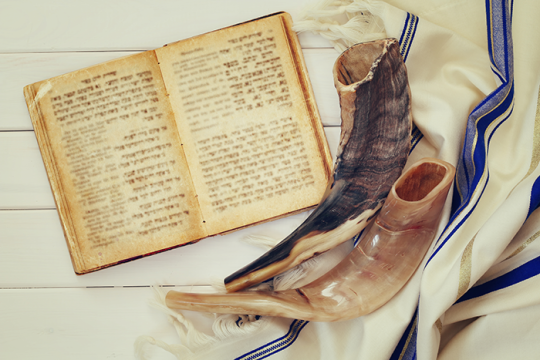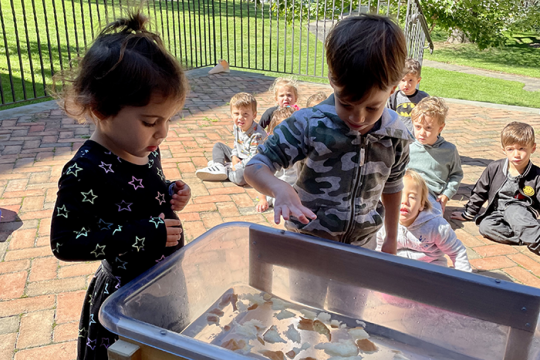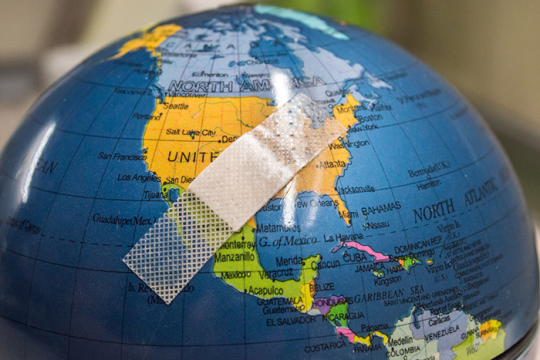
Speak to the Israelite people thus: In the seventh month, on the first day of the month, you shall observe complete rest, a sacred occasion commemorated with loud blasts.
-- Leviticus 23-24
Years ago, I made my own shofar during a program about the history of the shofar at my congregation, Temple B’nai Torah in Wantagh, NY, but I was never able to sound it nearly as well as the young children who coaxed perfect blasts out of theirs with what seemed like little effort.
Last year, when the cantor put out a “casting call” seeking congregants (no experience necessary) to join the High Holiday shofar choir, my wife and I signed on to learn the four shofar calls:
- T'’kiah – a long blast with one or two notes
- Sh’varim – three medium blasts, two tones each
- T’ruah – nine short, staccato blasts
- T'kiah g’dolah – an extra-long single blast held as long as possible
Thanks to the class with the clergy, a lot of concentration and effort on my part, and inspired, perhaps, by the youngest shofar blowers, I finally learned to sound the shofar blasts. We learned a lot of other things about the shofar as well. For example, when purchasing a shofar, you don’t select it; it selects you. Just as musicians test many different instruments until they truly connect with one, so it is when searching for the right shofar.
I learned, too, that the shofar is used for different purposes. Traditionally, it is sounded daily (except on Shabbat) as a spiritual wake-up call during the Hebrew month of Elul, which precedes the High Holidays. It is sounded, of course, on both Rosh HaShanah and Yom Kippur, and, during ancient times, by warriors in battle. (I often joke that the final Te’ki’ah ge’do’lah on Yom Kippur is the call to break-the-fast.)
In some ways, blowing the shofar can be compared to hagbahah, the lifting of the Torah scroll after it has been read. Raising the Torah and turning the open scroll for all the congregation to see symbolizes that all have read the Torah portion. Likewise, by blowing shofarot (plural of shofar), it is as if the shofar choir is performing the mitzvah for the entire congregation. Also during the shofar service, our teen and youth choir members sing “Shofar Blast,” using their voices to make the “blast” sounds.
Recently, I dusted off my shofar and have been brushing up on my shofar-blowing skills to prepare for the upcoming High Holidays. May its sound resonate with you and your family, ushering in a healthy and joyous 5779 for us all.
Related Posts

Judgment Days

Simple Ways to Make Yom Kippur Meaningful at Home with Young Children


